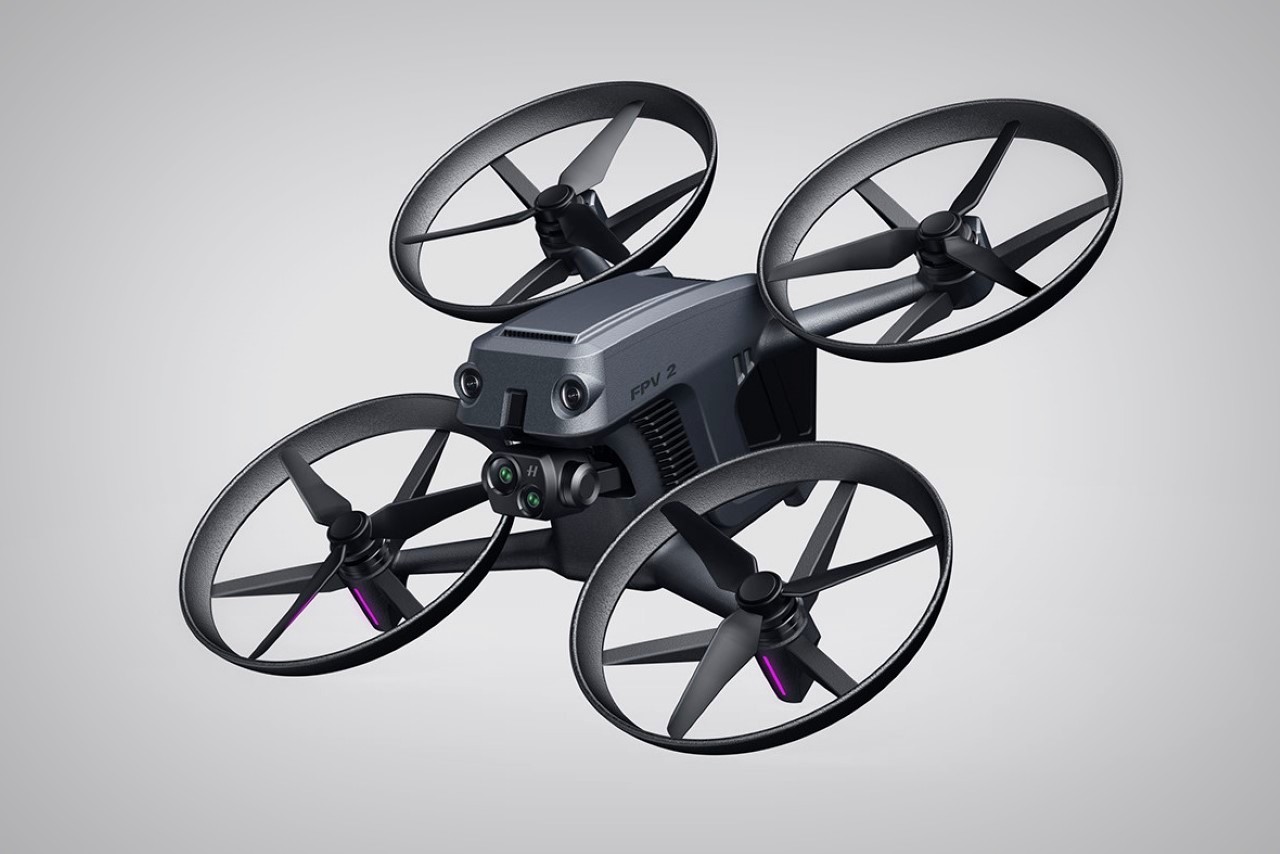
After years of developing some of the world’s leading aerial drones, DJI debuted the Avata last year, their first-ever ‘FPV’ racing drone… and that got designer Kim Seung-cheol asking – Why must there be separate drones for aerial photography and first-person racing? Why can’t one drone successfully do both? To that end, the DJI FPV2 does the unthinkable by being the world’s first ‘hybrid’ drone capable of FPV racing as well as stabilized aerial photo and videography, thanks to its clever design that borrows the best from both worlds.
Designer: Kim Seung-cheol
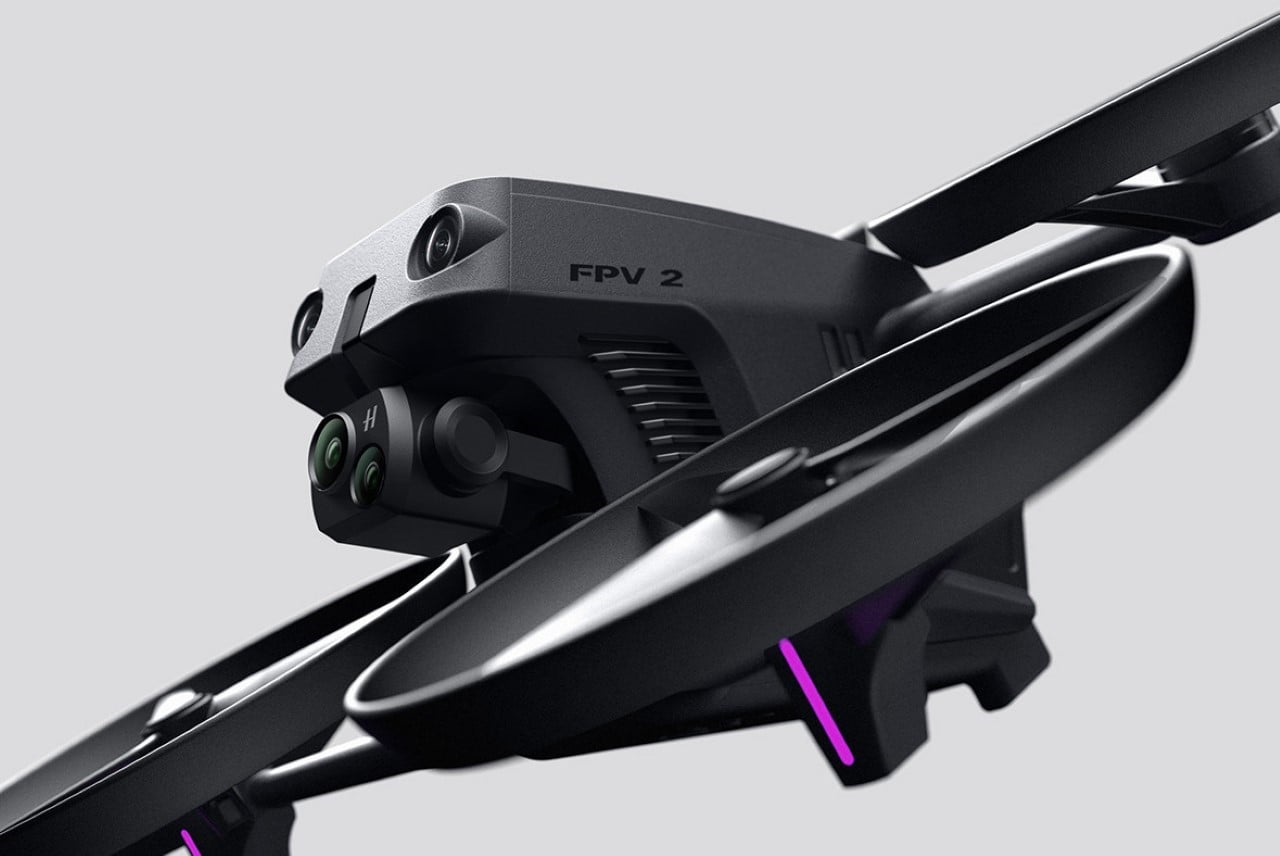
The FPV2 drone doesn’t have a radically different design, but rather relies on a few tweaks to its appearance and control system to give it the power of rapid directional flight as well as controlled hovering for stable videography. It relies on a leaning propeller format that’s ideal for FPV-style racing drones. The propellers are located at a slant and positioned diagonally, making the drone look like it’s bending forward. This is perfect for allowing the drone to lunge ahead as it takes off, giving it a significant advantage when racing with other drones or when trying to reach high speeds. However, for aerial photography and videography, the drone simply leans backwards, allowing the propellers to now be parallel to the ground. The gimbal-mounted camera makes up for this while in aerial photography mode.

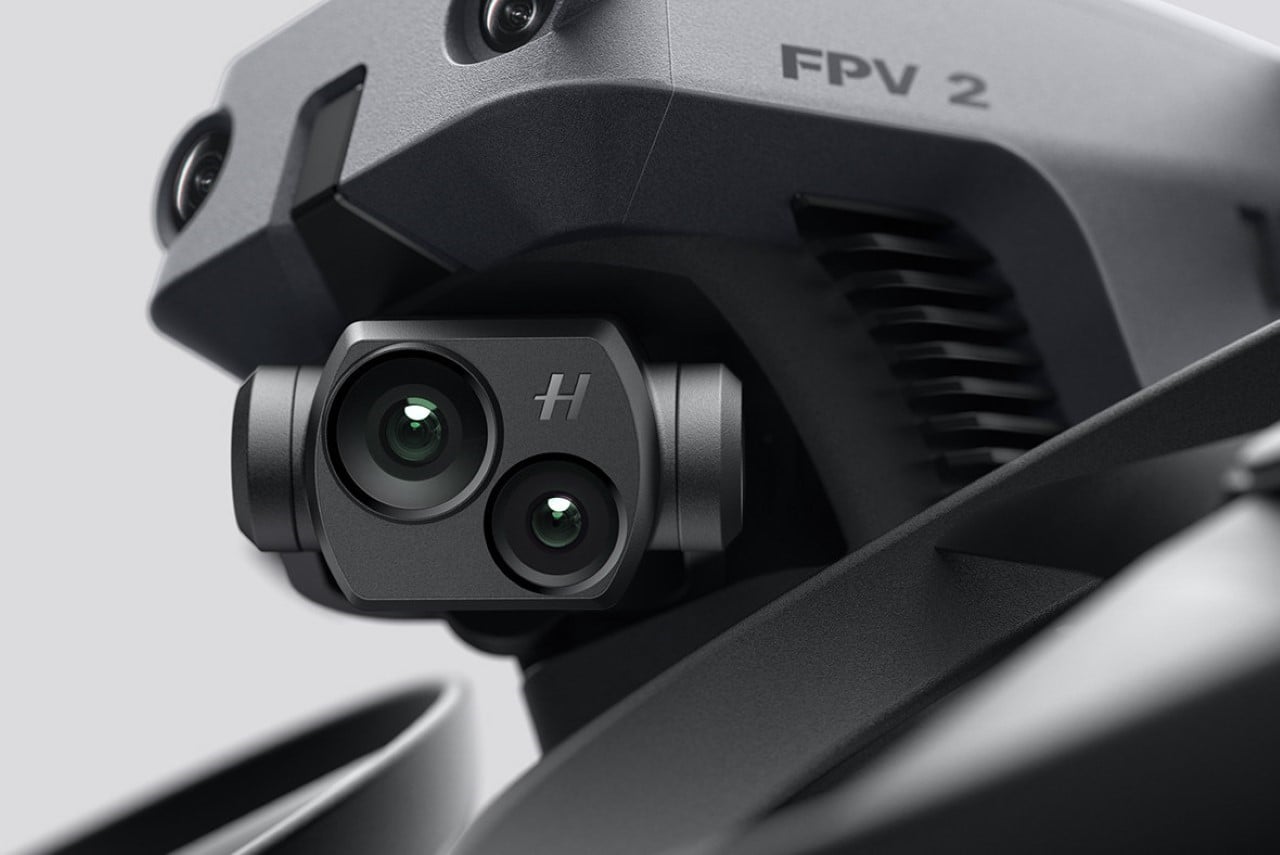
As an obvious upgrade to its Avata and Mini lines, the FPV2 has a new dual-lens camera system powered by Hasselblad (a partnership continuing from their collaboration on the Mavic 3). Quite similar to the Air 3 drone, the FPV2 has a dual-lens gimbal-mounted camera that can look in all directions for filming sceneries, focusing on subjects, and racing. This doesn’t include the multiple cameras located around its periphery for tracking its environment, avoiding objects, and navigating routes.
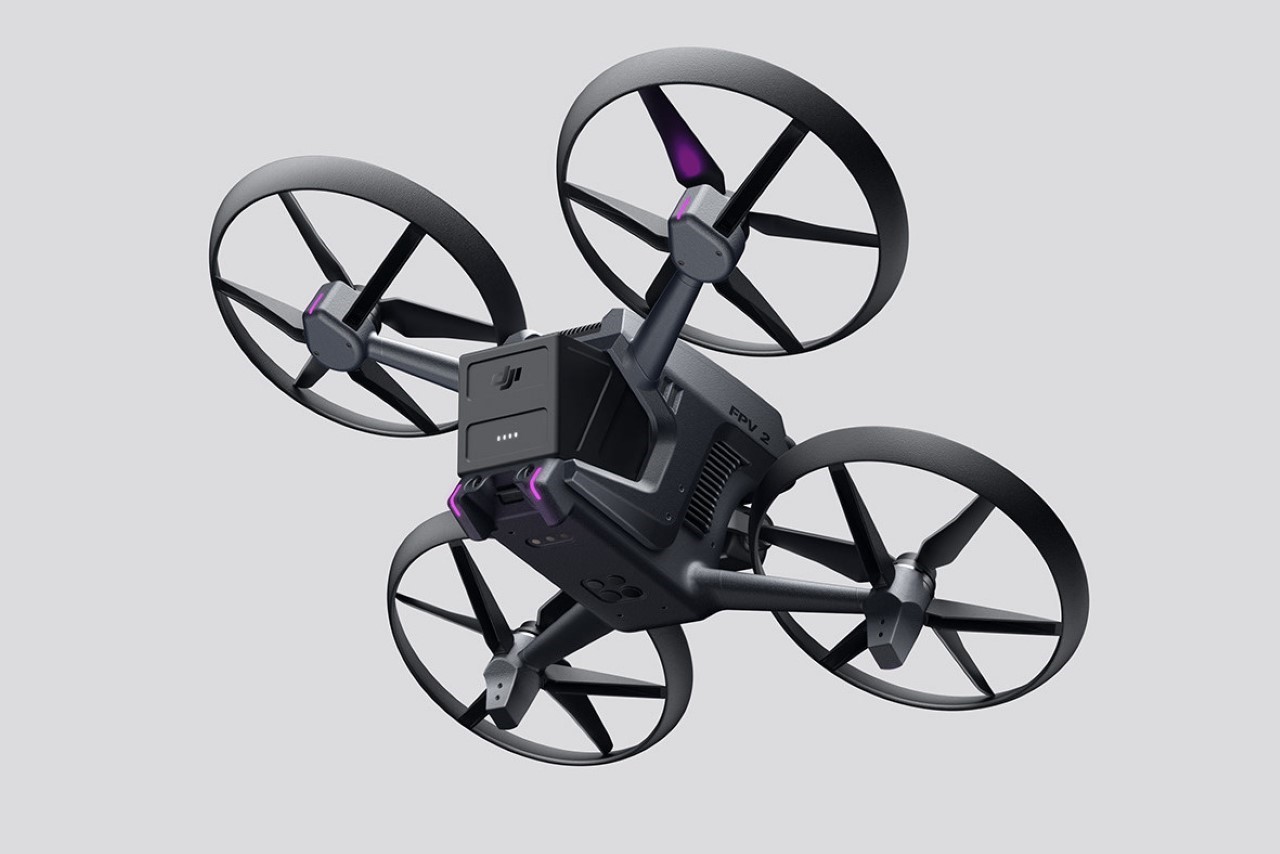

A large, easily replaceable battery powers the FPV2, allowing you to quickly hot-swap modules to keep your FPV2 running without downtime for charging. The battery’s mass and its rear location help it counterbalance the drone’s forward-leaning stance, or rather the inverse. The drone races forward with a raised back, preventing the battery pack from dragging it down or influencing its course.
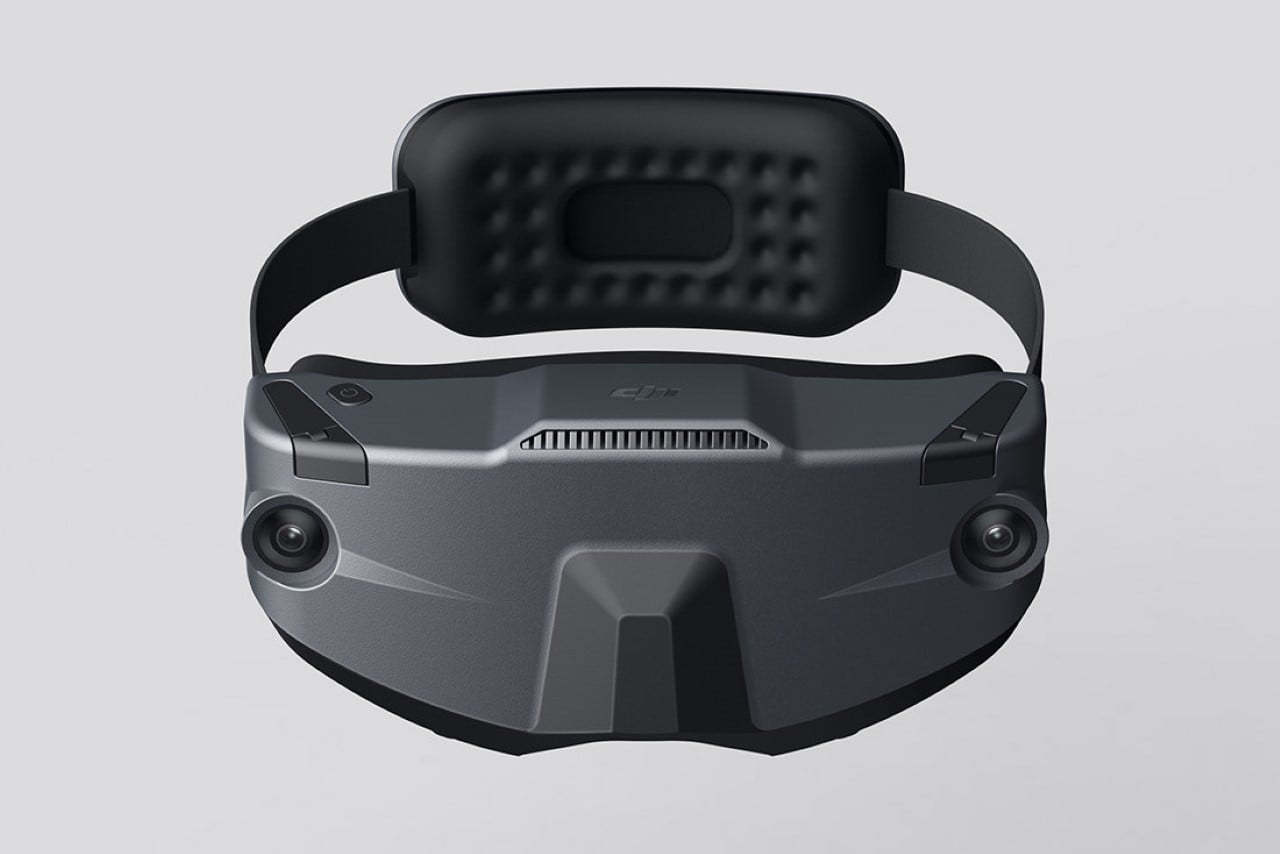
To accompany the drone, Kim Seung Cheol also designed a new set of MR goggles and a controller handle. The compact goggles come with their own pass-through cameras, and sport flip-out antennas for better signal during flight (especially FPV racing). A cushioned headrest with a built-in battery keeps the equilibrium of the headset while also ensuring you can wear it for longer hours without feeling any strain.
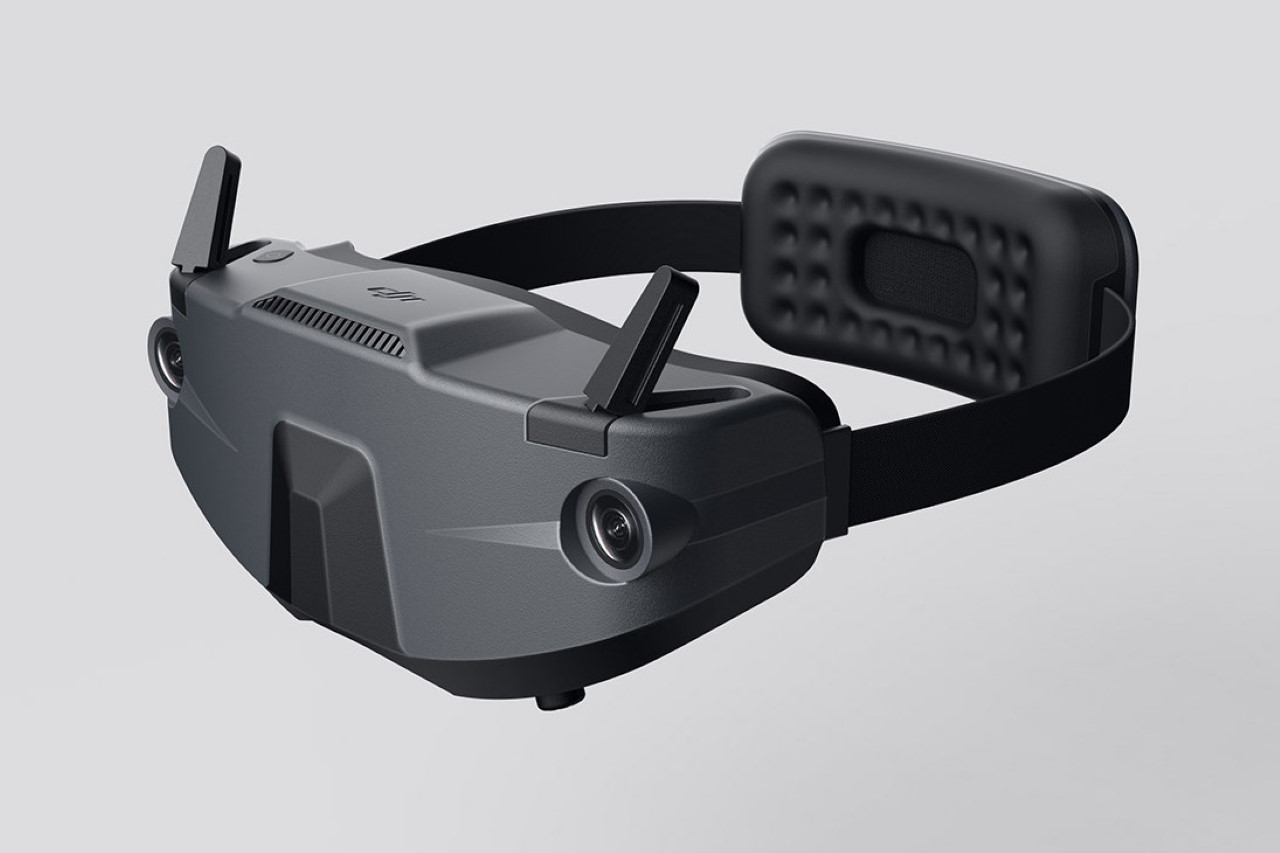
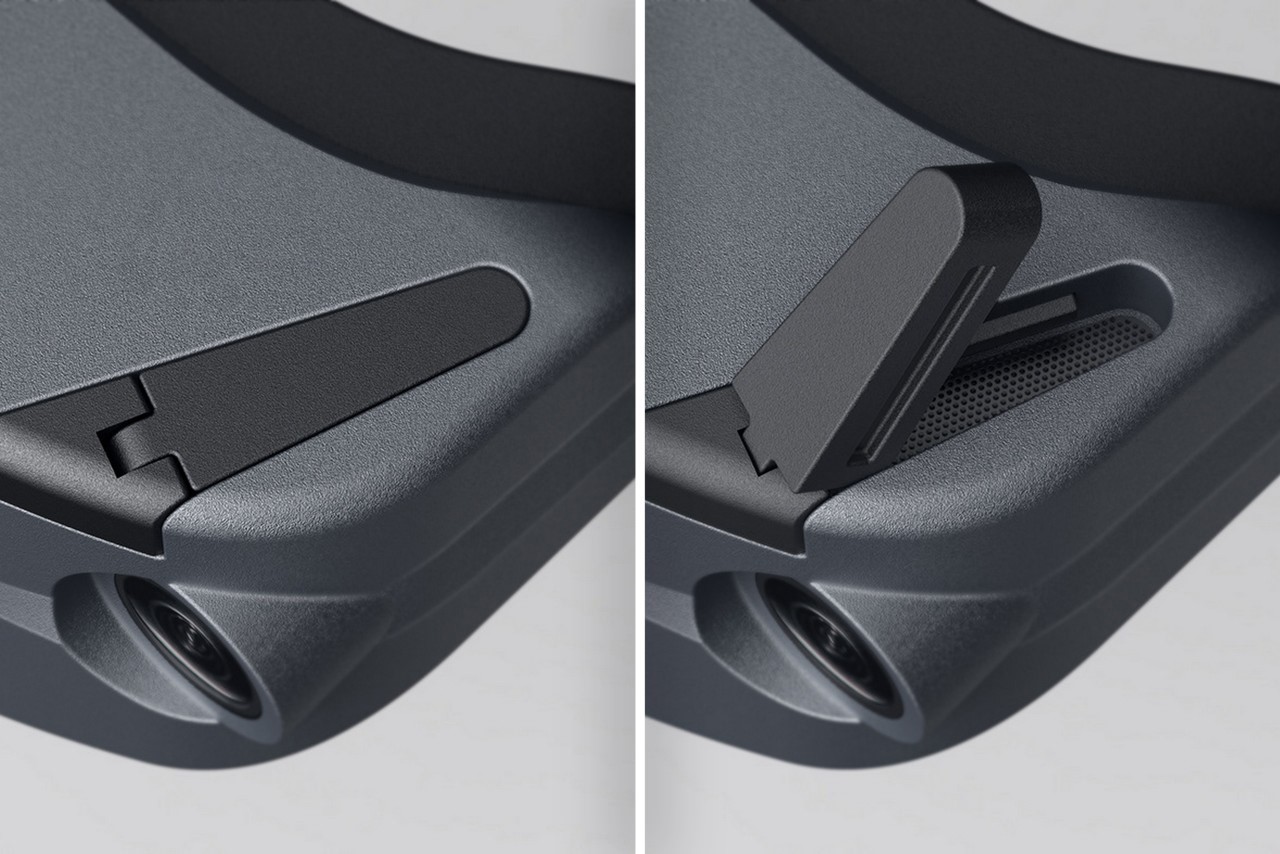
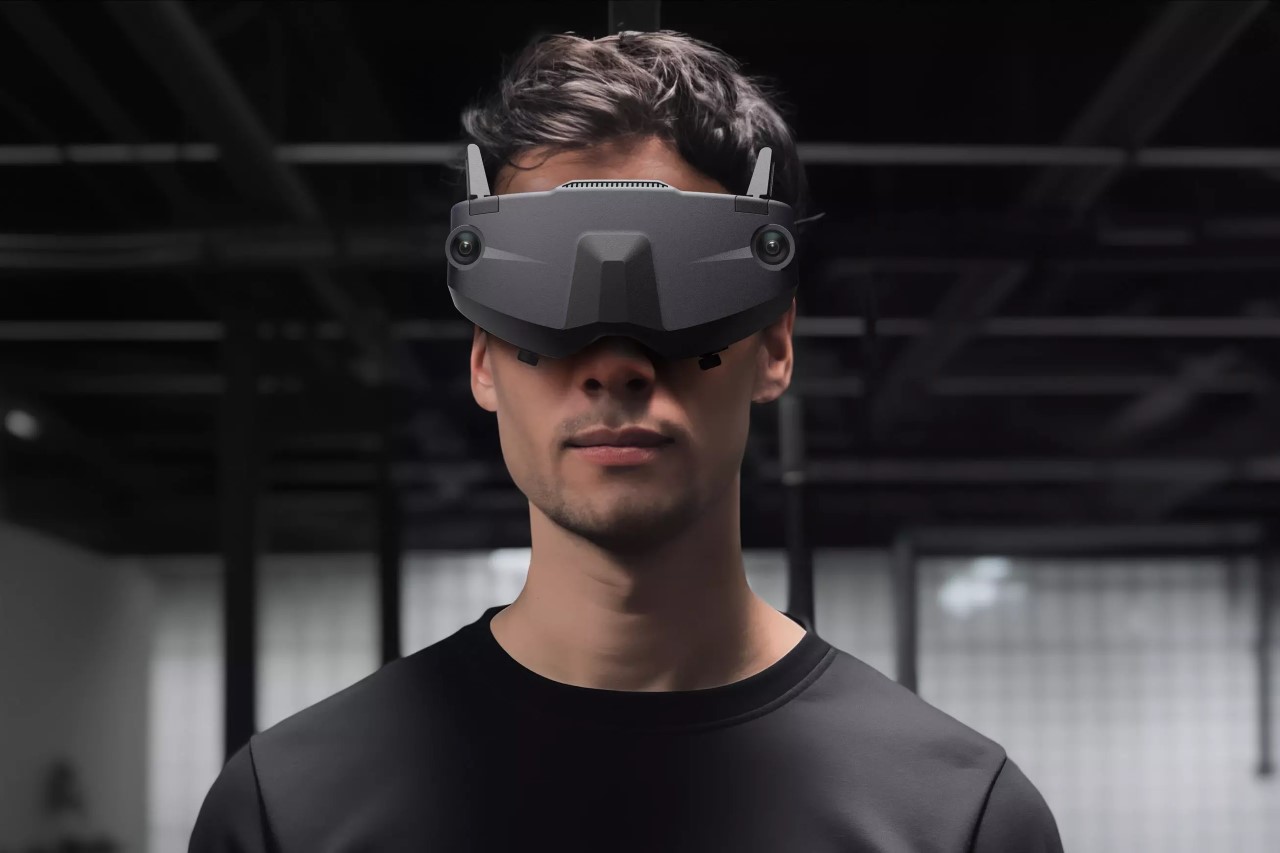
Given the immersive nature of the MR headset, the FPV2 also comes with its own RC Motion 2-inspired handheld control that you can intuitively use to maneuver your drone while in flight. The single handheld controller has a gyroscope that detects when it’s being tilted forward or backward, translating that into instructions for the drone to follow. A trigger lets you accelerate, while a joystick gives you more precise control. A large button on the front marked M lets you alternate between racing and aerial modes.
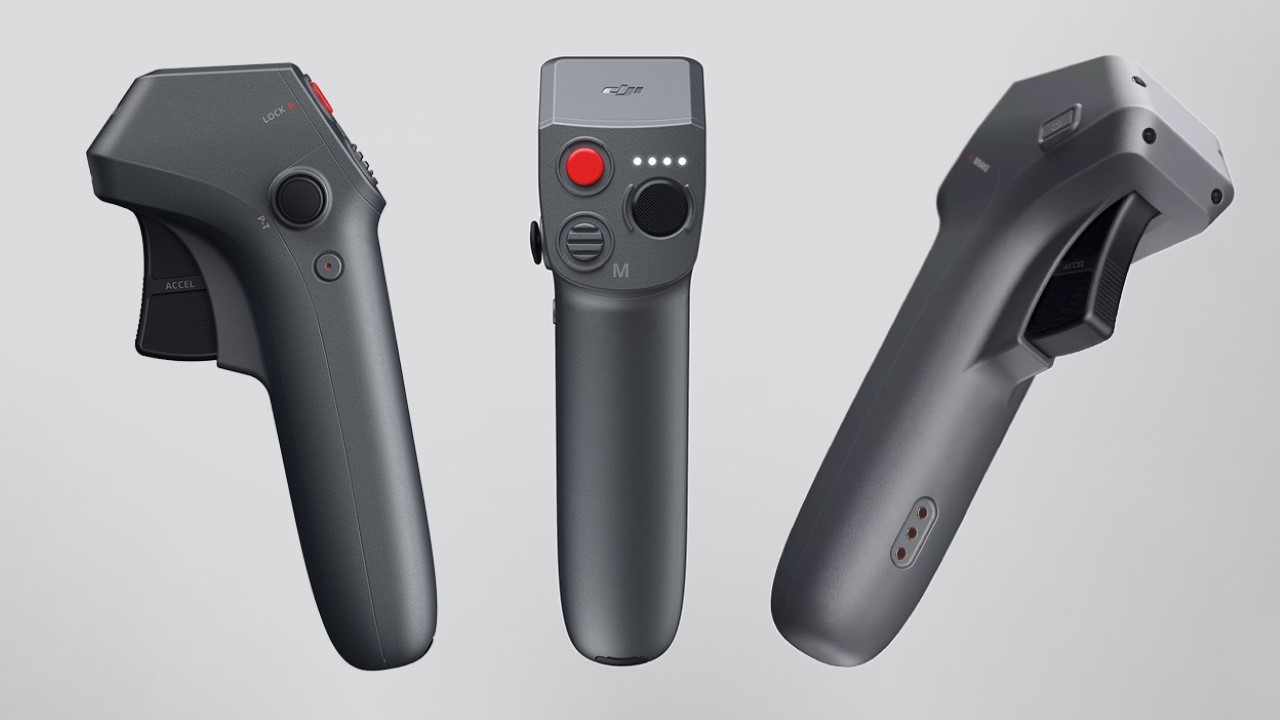
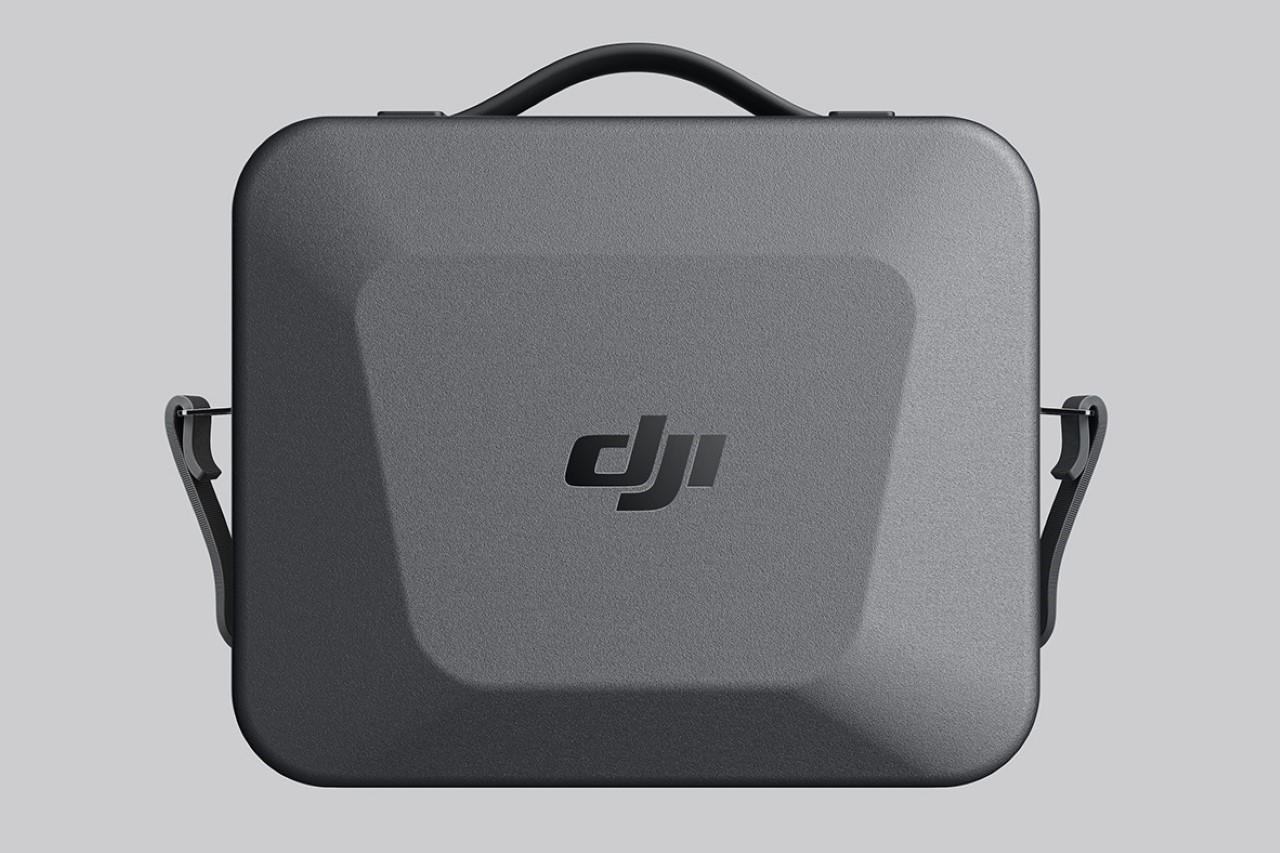
What really gives the FPV2 its edge is the case it comes in, which doubles as a massive battery pack for the drone, controller, and MR headset. Think TWS earbud charging case but bigger and better. Designed to hold your gear when not in use, the carrying case also juices your device batteries while giving you a battery status indicator in the bottom right corner, so you know which particular gizmo needs a recharge.
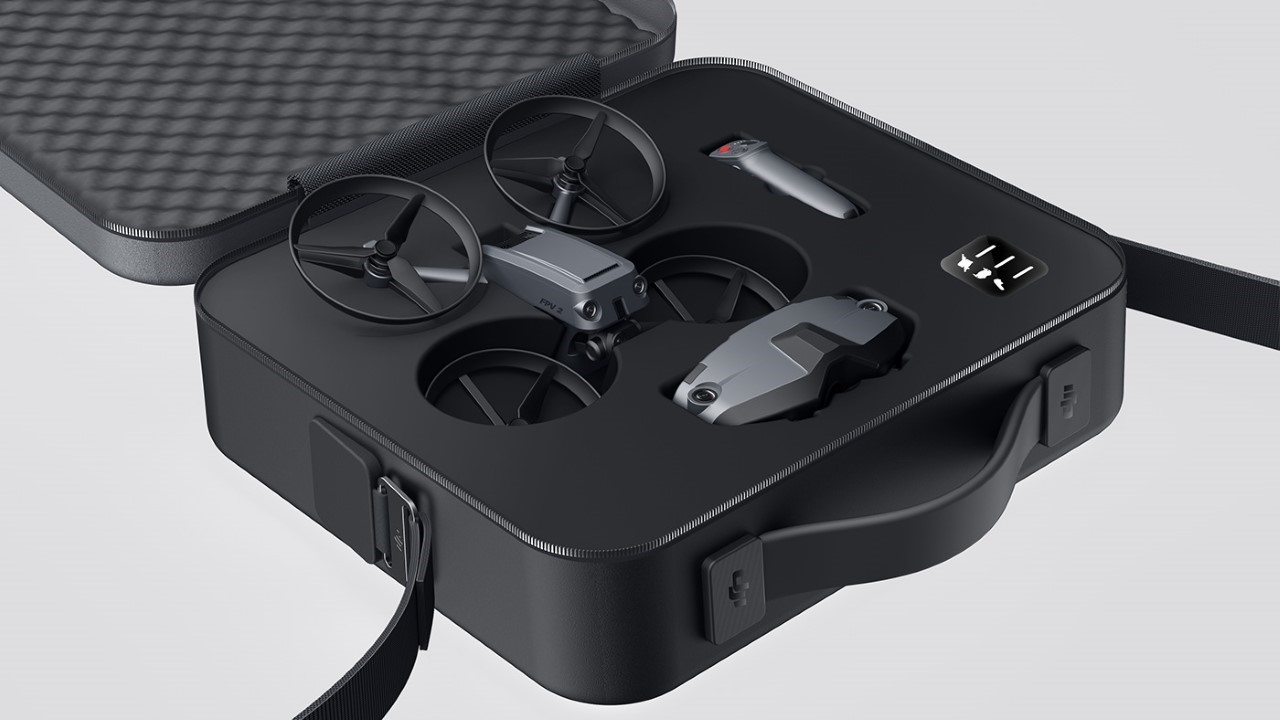
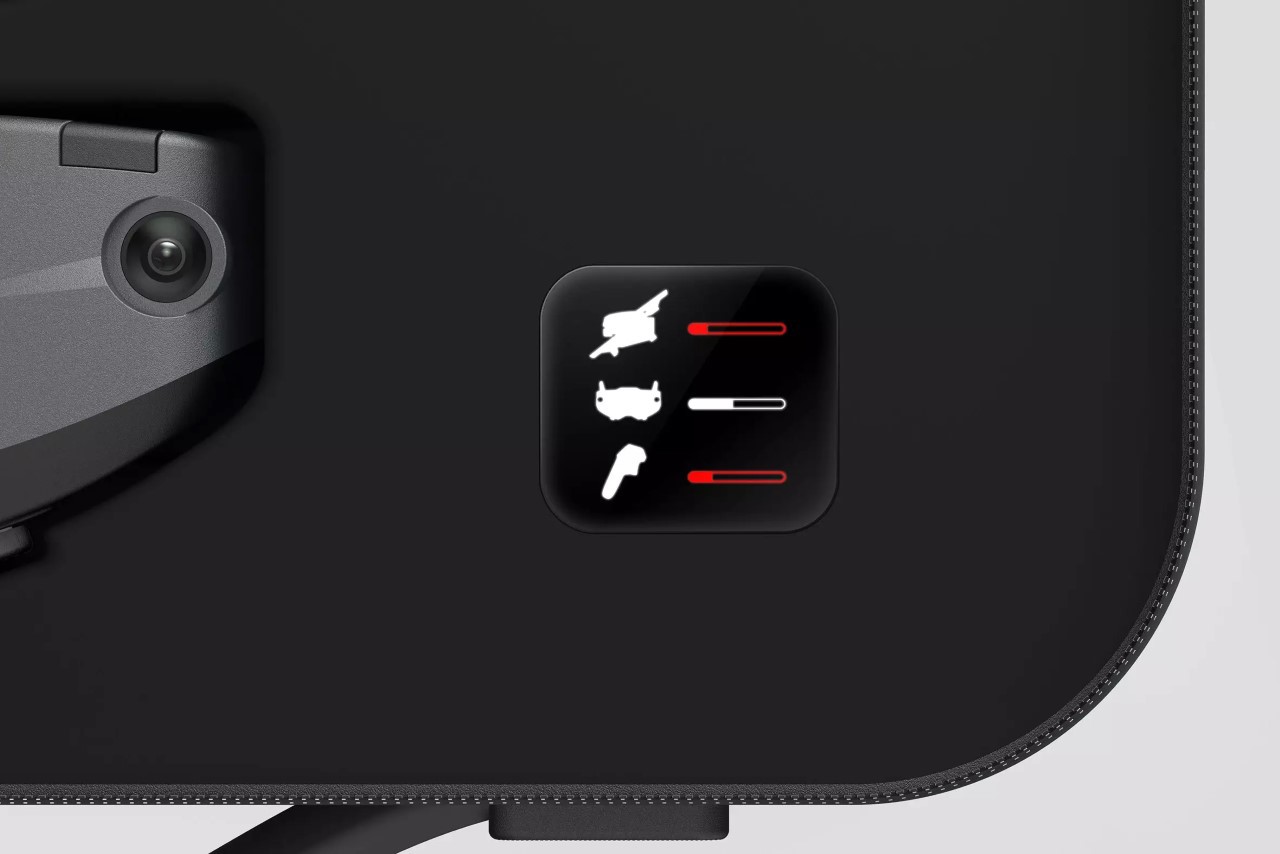
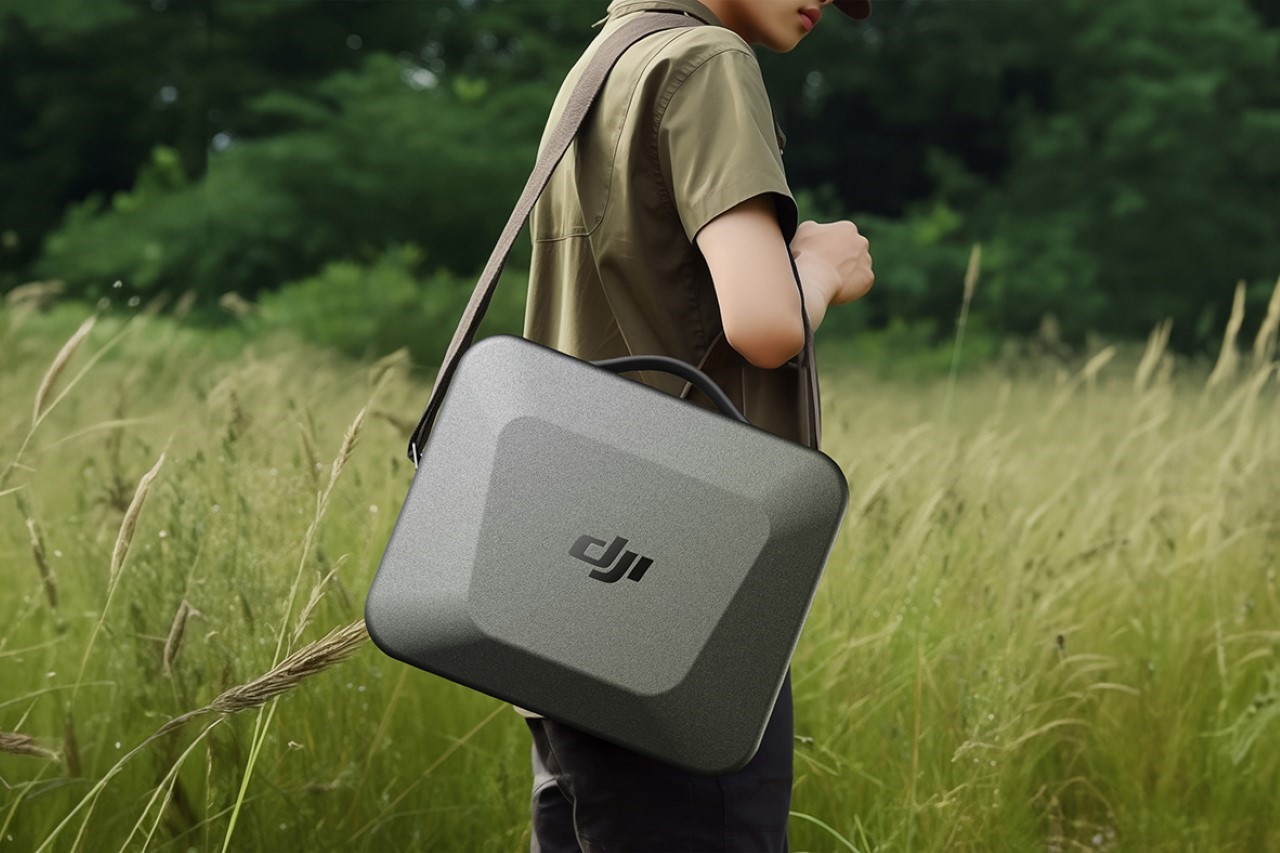
What the DJI FPV2 proposes isn’t too radical. Some drones are built for racing, others for stabilized content creation… so why not build a drone that can do both? It’s not like the hardware is massively different between the two drone types, and as far as the overall design goes, I’m sure both functions can be achieved within a specially tuned form factor. Maybe DJI is working on something like this, it’s difficult to tell. The company hasn’t debuted a Gen-2 of its Avata FPV drone, so we’re due for an updated racing drone from the consumer/professional-grade UAV manufacturer.
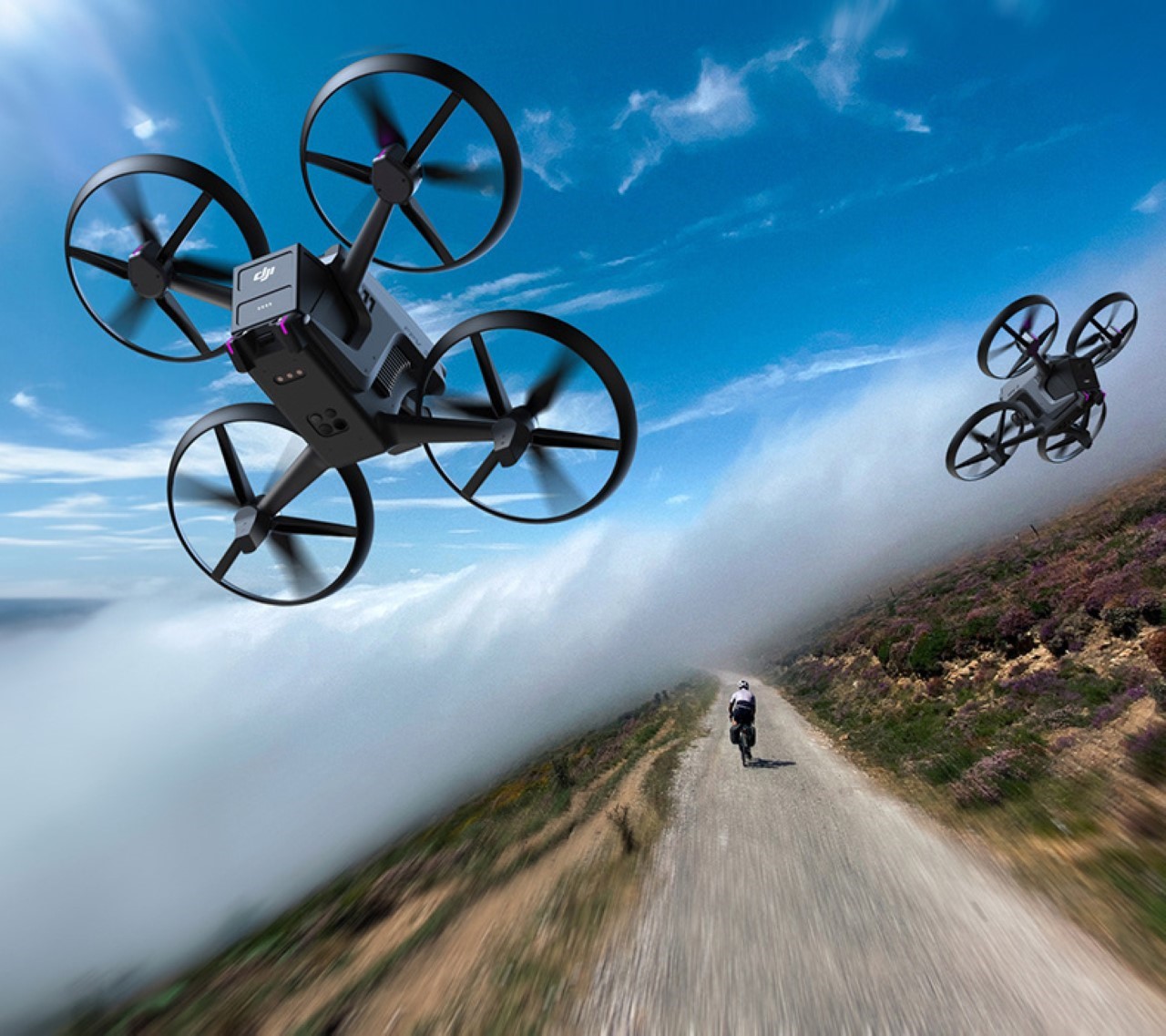
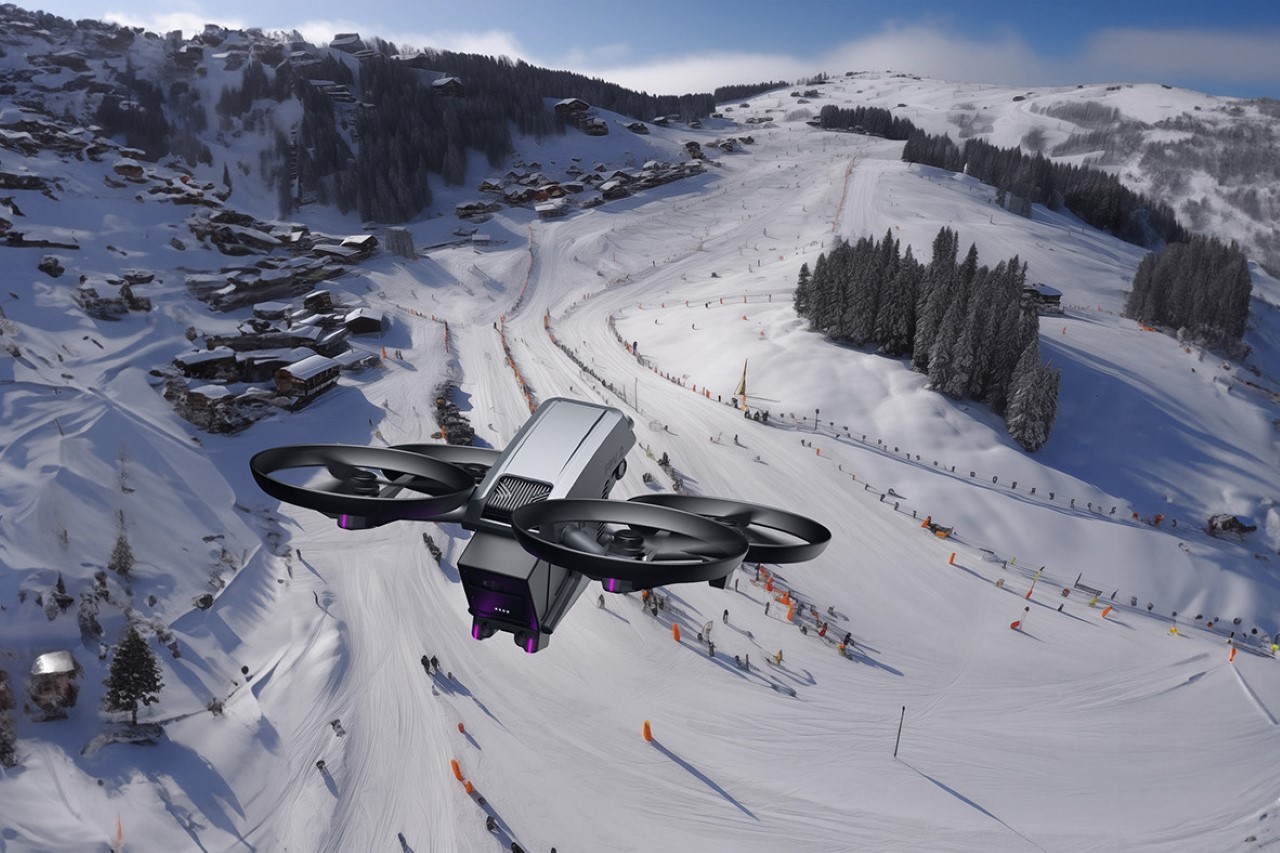
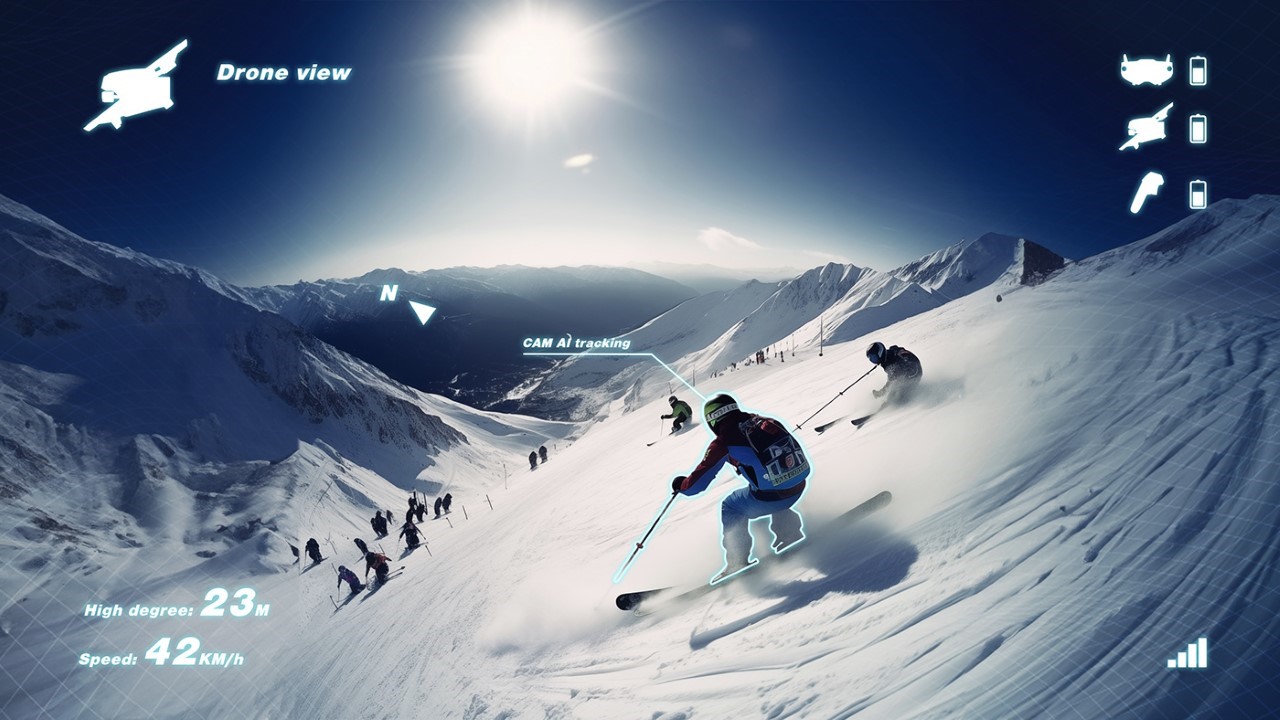
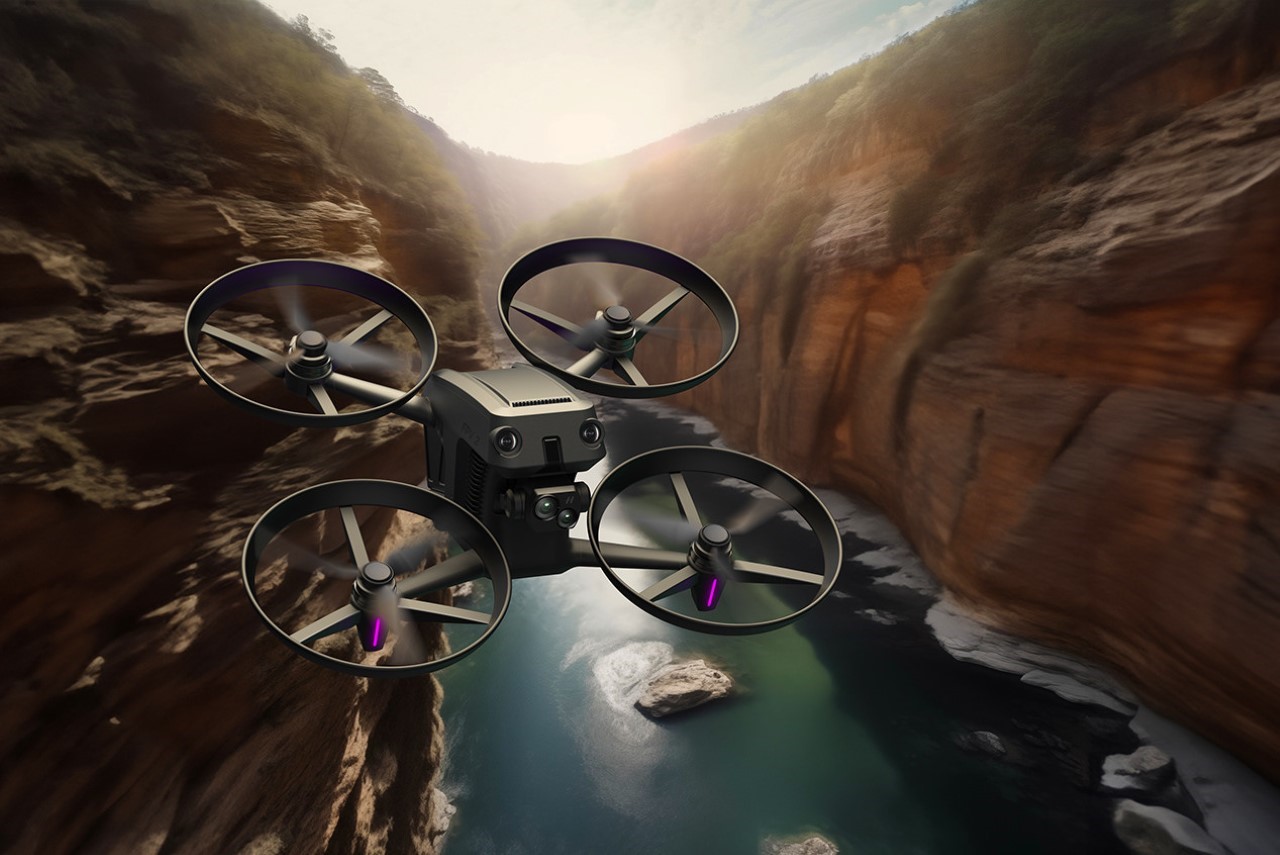
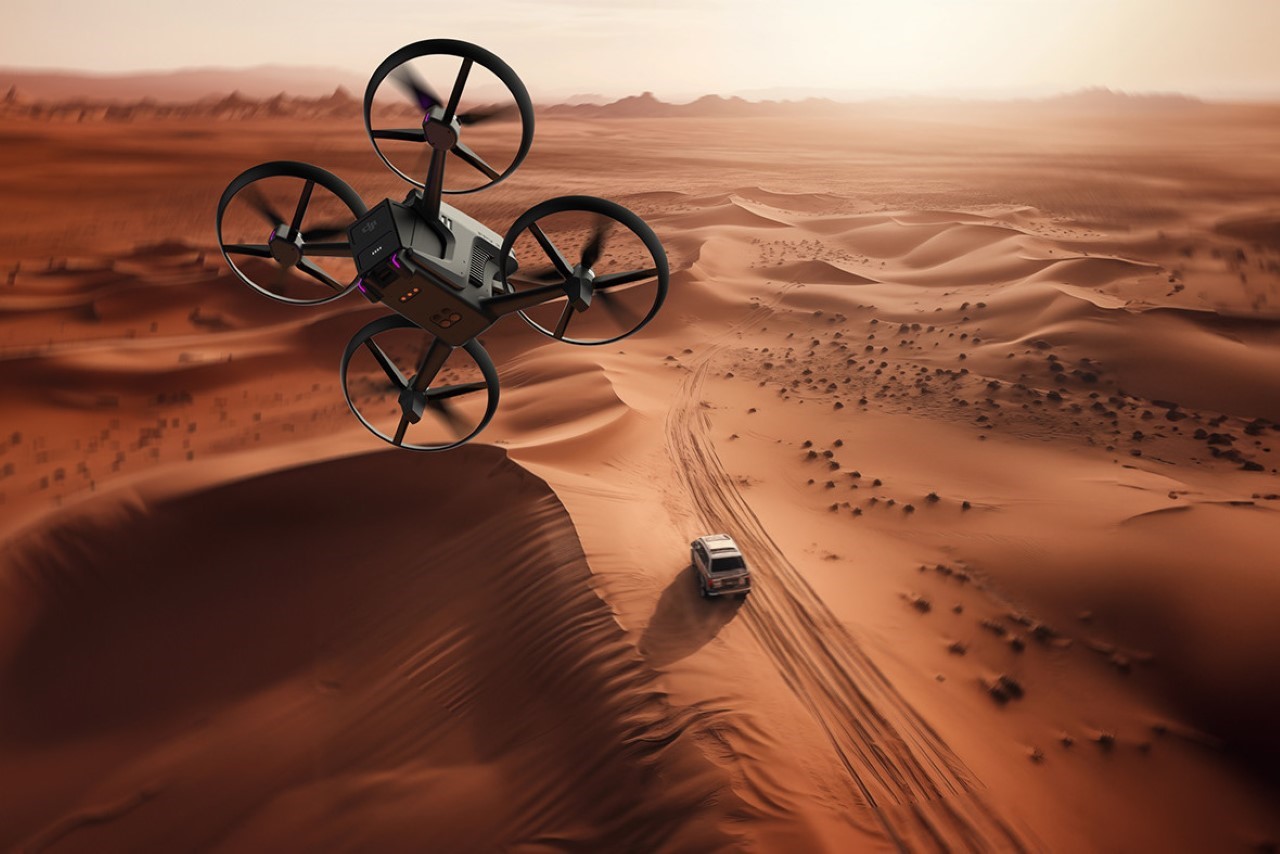
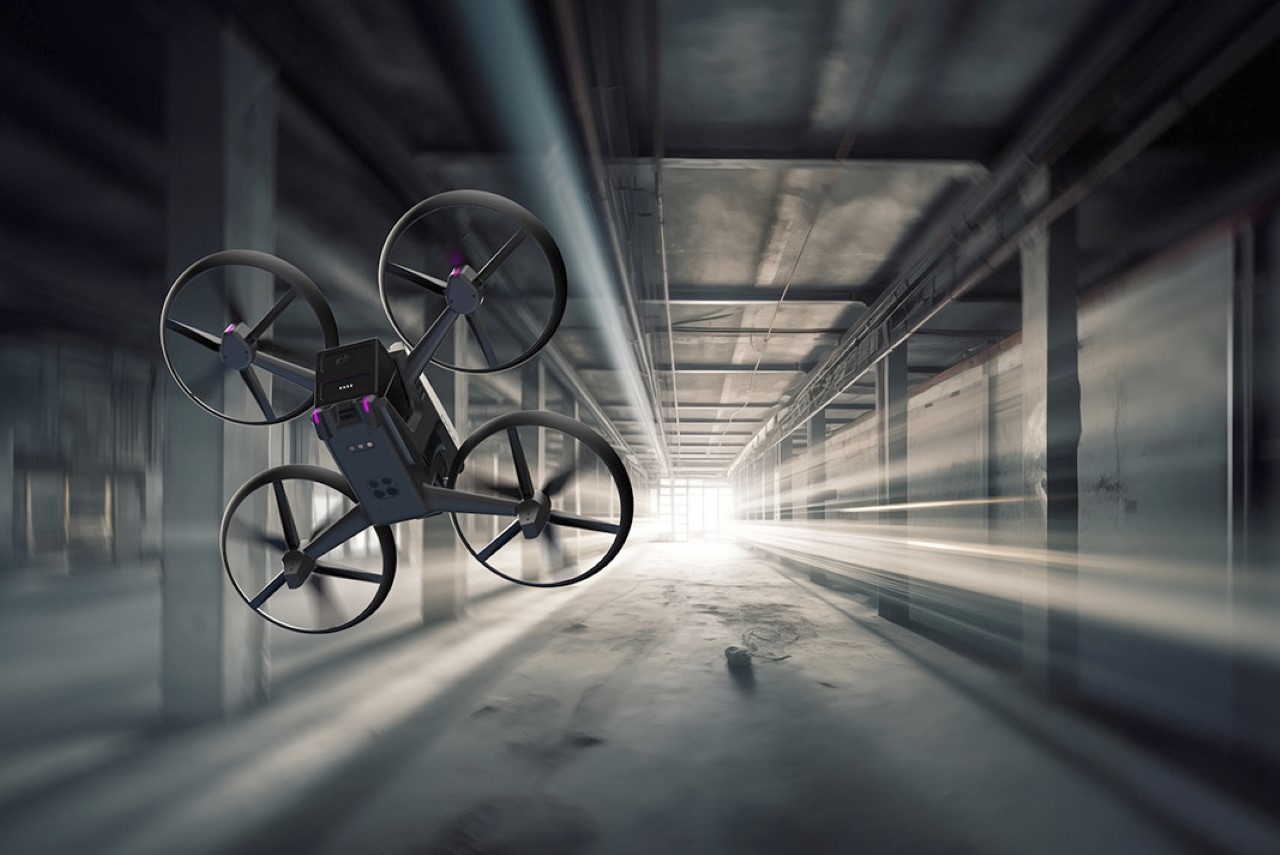
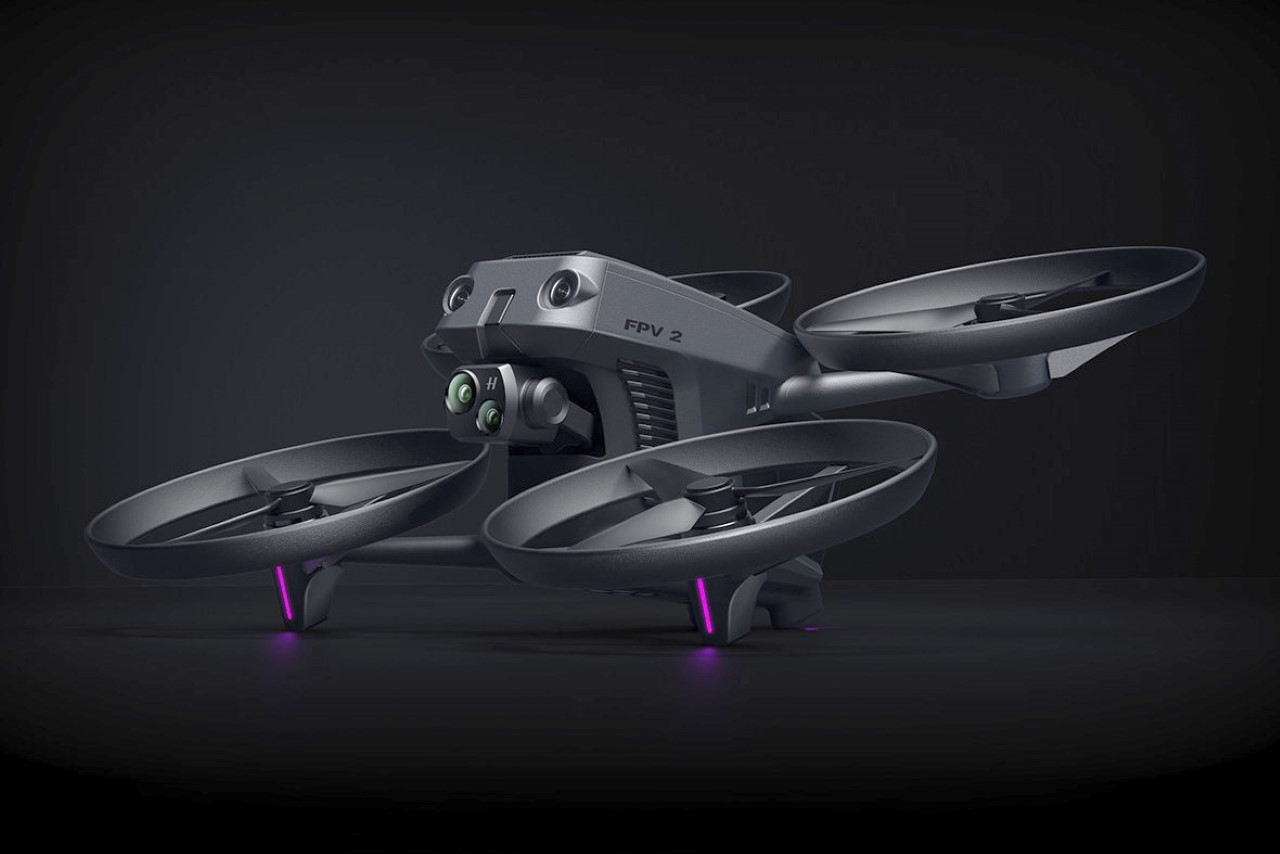
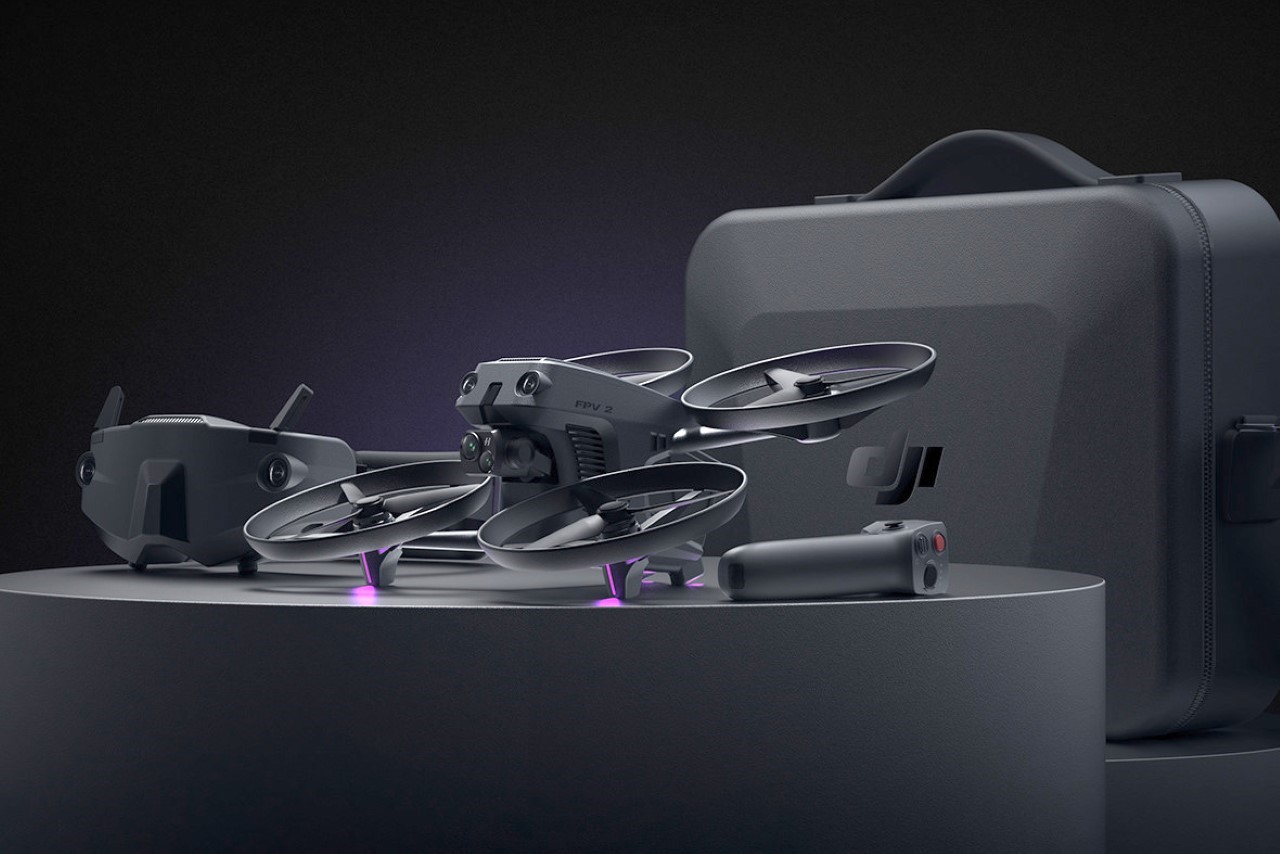
The post The DJI FPV2 ‘hybrid’ drone can race as well as take aerial photos with its Hasselblad camera system first appeared on Yanko Design.
from Yanko Design

0 Comments